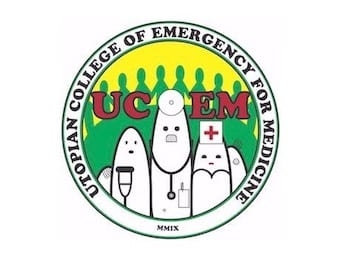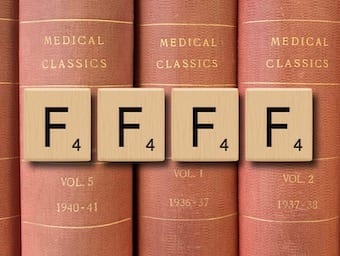
Cooling mattress
Cooling mattress: mattress used for therapeutic active cooling

Cooling mattress: mattress used for therapeutic active cooling

7.1. The following image is of the blood sample tubes into which a specimen of blood from a critically ill patient had been drawn by the phlebotomist. (a) What does this image show? (b) List three (3) causes for this…

Critically evaluate the role of the following investigations in the critically ill patient: Serum ammonia; B-type natriuretic peptide (BNP)

Questions 7.1 A 65-year-old male has been brought into the Emergency Department after being found unconscious at home. He has a heart rate of 87 beats/min, a blood pressure of 96/59 mmHg, and temperature of 31.2oC. Below is his biochemical profile…

It has been a while, but Dr Dork (our first Waiting Room intern) has finally made a second referral in Utopia.

EMA Virtual Issue: Research is important to emergency medicine as it provides the scientific underpinning for optimal patient care. A Primer for Clinical Researchers in the Emergency Department, a five part series guest edited by Professor Franz Babl, has been…
A term as a Clinical Forensic Medicine Registrar at the Victorian Institute of Forensic Medicine (VFM) is as close as it gets as a doctor to navigating your way through the murky bowels of crime and experiencing the fascinating world of forensic labs, police stations and courts.

How can we improve patient flow...

According to an editorial in the NEJM, decompressive craniectomy "has a proven benefit in the management of malignant cerebral edema after ischemic stroke”... We point out the caveats to this assertion.

Funtabulously Frivolous Friday Five 162 - Just when you thought your brain could unwind on a Friday, some medical trivia FFFF.

An infographic describing what took place at ANZCEN's very first ICU Clinician Educators Unconference in 2018.

Software engineers working for UCEM at the Symantec Health Institute of Technology have confirmed slugtrails of the Stuxnet worm on several of the UCEM servers.